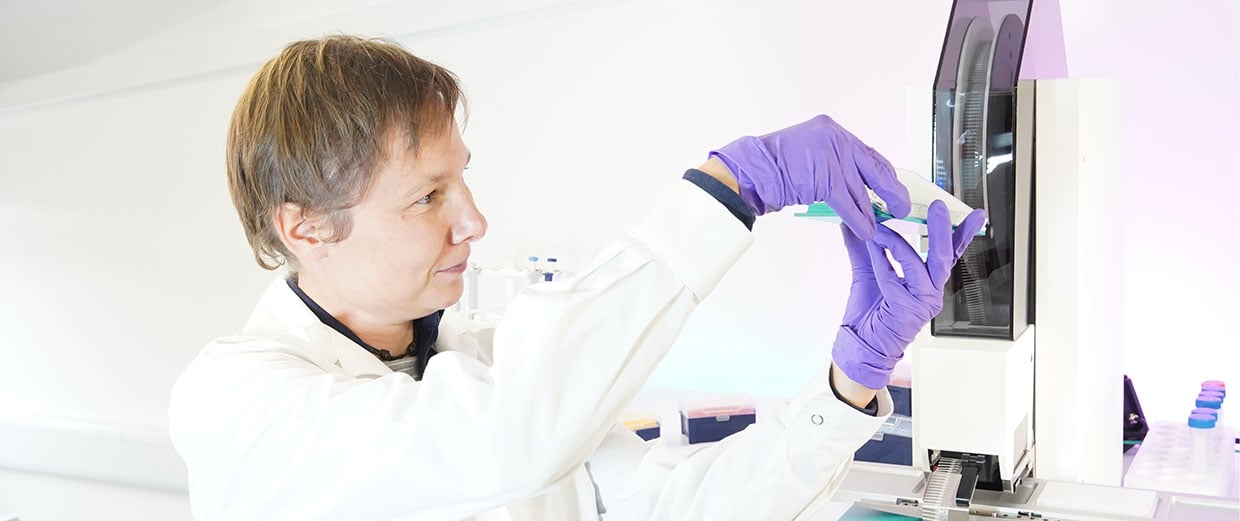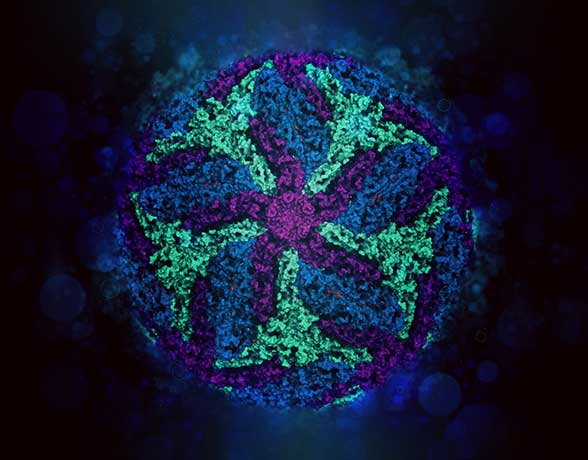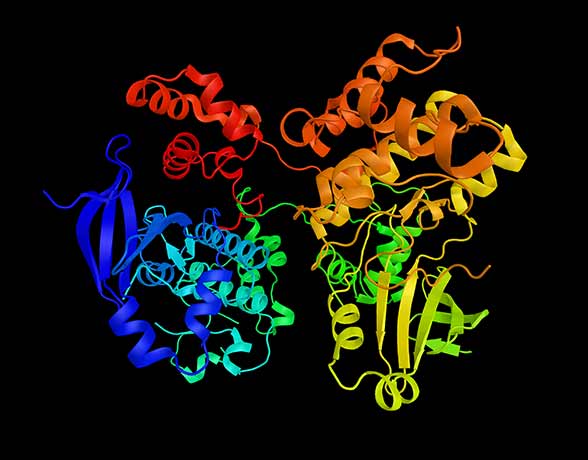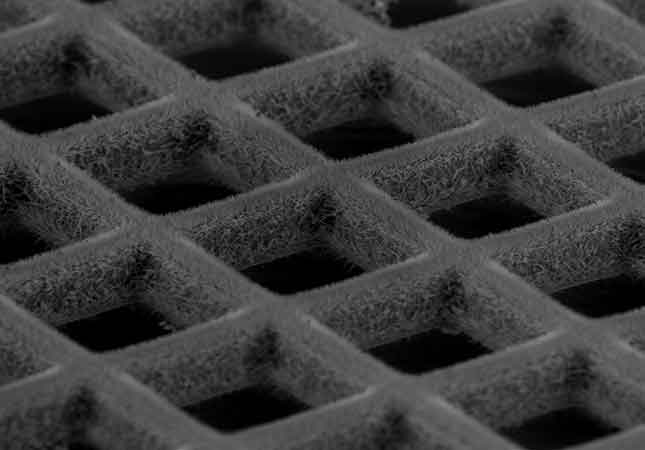
- Applications
-
Products
-
Liquid Handling
- firefly Accelerate genomic research with innovative all-in-one, compact liquid handling
- mosquito Nanolitre liquid handling technology performs ‘traditional’ tasks at a fraction of the volume, and higher speeds
- dragonfly Delivers accurate and repeatable nanolitre to milliliter dispensing
- apricot Automated liquid handling instrumentation for convenient general use across your entire team
- Sample Preparation
-
Sample Management
- comPOUND A scalable, reliable, and secure compound management solution
- BioMicroLab Easy-to-use sample management automation instruments
- arktic Robust biospecimen storage and management down to -80°C
- lab2lab Novel sample and data transfer network system
- comPACT Reliable and efficient -20°C storage and retrieval has never been more accessible
-
Liquid Handling
-
About
- Company With a focus on liquid handling, sample preparation and sample management, our expert teams create state-of-the-art solutions that scientists and researchers can trust Culture We have one overarching mission: to work together to accelerate life science research. Through our innovative solutions and state-of-the-art tools, we believe we can make a real difference to human health Innovation From the initial prototype through to manufacturing, installation and beyond, we bring a problem-solving mindset and technical expertise to drive innovation Board Members Our Board of Directors are committed to driving the long-term success and sustainability of SPT Labtech, providing expert guidance and oversight to execute the company’s ambitious commercial strategy.
-
Positive displacement technology
.jpg) Novel positive displacement dispensing technology from disposable tips underpins our liquid handling portfolio of products
Learn more
Novel positive displacement dispensing technology from disposable tips underpins our liquid handling portfolio of products
Learn more 
-
View all
 Pneumatic tube transport
Pneumatic tube transport
.jpg) Harnessing the power of pneumatic technology, our innovative sample transport solutions deliver quickly and reliably between labs, analytical suites and even across sites hundreds of meters apart
Learn more
Harnessing the power of pneumatic technology, our innovative sample transport solutions deliver quickly and reliably between labs, analytical suites and even across sites hundreds of meters apart
Learn more 
-
Knowledge Base
- Events & Webinars Meet the SPT team at events all over the globe and virtually via our webinars Blog Our latest blog posts feature trends in research, innovative techniques and new technology Resources Our wide range of insightful resources include videos, whitepapers, eBooks, application notes and more News Latest news from SPT Labtech globally
-
23 April, 2024
 SPT Labtech supports life sciences startup growth by joining forces with BioLabs
Continue reading
SPT Labtech supports life sciences startup growth by joining forces with BioLabs
Continue reading 
-
11 April, 2024
 SPT Labtech Appoints Rob Walton as New Chief Executive Officer
Continue reading
SPT Labtech Appoints Rob Walton as New Chief Executive Officer
Continue reading 
-
27 March, 2024
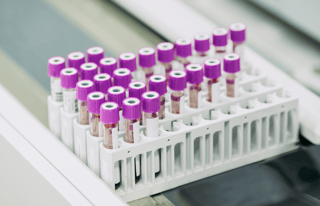 5 ways to mitigate biological sample integrity loss
Continue reading
5 ways to mitigate biological sample integrity loss
Continue reading 
10
- Careers
- Home
- Structural Biology
Structural
Biology
The dynamic field of structural biology investigates the molecular structure of biological macromolecules to understand fundamental life processes and tackle disease.
New techniques are revolutionizing structural biology
New technological advances and techniques in Cryo-EM and protein crystallography have inspired a structural biology revolution, enabling researchers to tackle even more complex biological problems to benefit scientific research. ‘Integrative’ structural biology brings together multiple approaches to build a more comprehensive picture of dynamic processes at both a cellular and molecular level.
Transmission electron
microscopy
Transmission electron microscopy is a promising and adaptable technique providing researchers with valuable insights on intricate biological structures ranging from individual biomolecules to whole cells.
Explore related productsCryo-Electron
Microscopy (Cryo-EM)
Cryo-EM has ushered in a new era of scientific discovery with the production of increasingly higher-resolution structural information. Advances in hardware and software have now opened up the technique to more widespread adoption in basic research and drug discovery.
Learn moreSingle Particle
Analysis
Single particle analysis (SPA) is a well-established cryo-electron microscopy technique, allowing structural biologists to investigate the detailed structures of macromolecules at near-atomic resolution to uncover rich biological insights.
Explore related productsCryo-Tomography
Cryo-electron tomography (cryo-ET) uses 3D molecular-level imaging to produce high-resolution structural and spatial information about individual proteins and the cellular environment where they operate.
Explore our range of quantifoil productsMicro Electron Diffraction
Micro electron diffraction (MicroED) is a developing technique for determining the structure of proteins from nanocrystals bringing together cryo-EM sample preparation approaches with electron and X-ray crystallography data analytics.
Explore our range of quantifoil productsProtein crystallography
The automation of protein crystallography screening has made a significant contribution to the rapid expansion of crystallography-based structural biology. Obtaining crystals of a high enough resolution for X-ray diffraction studies can be time and cost intensive, requiring an extensive number of screening and optimization experiments to determine ideal conditions for crystal growth.
Learn moreProtein crystallography methods
Protein crystallography encompasses a range of techniques such as vapor diffusion and batch crystallization methods to deliver protein structure data in dynamic research environments. Agile solutions are needed to allow researchers to adapt approaches between multiple projects.
Check out all methodsCrystal screen
optimization
Optimizing protein crystallization hits to improve diffraction can be onerous. Automating the preparation of complex gradients from stock solutions saves time, improves repeatability, and increases the output of high resolution structures.
Explore related productsMeet our Field Application Scientists
Our Field Application Scientists will help you to advance your research goals throughout the life of your instrument, optimizing for the applications you need and harnessing its full potential. As specialists in a range of disciplines including structural biology, the team ensures that the protocols for your applications are scientifically robust, giving you the confidence to pursue novel approaches. Working closely with customers, Field Application Scientists eliminate bottlenecks and streamline workflows to enable successful research outcomes.
